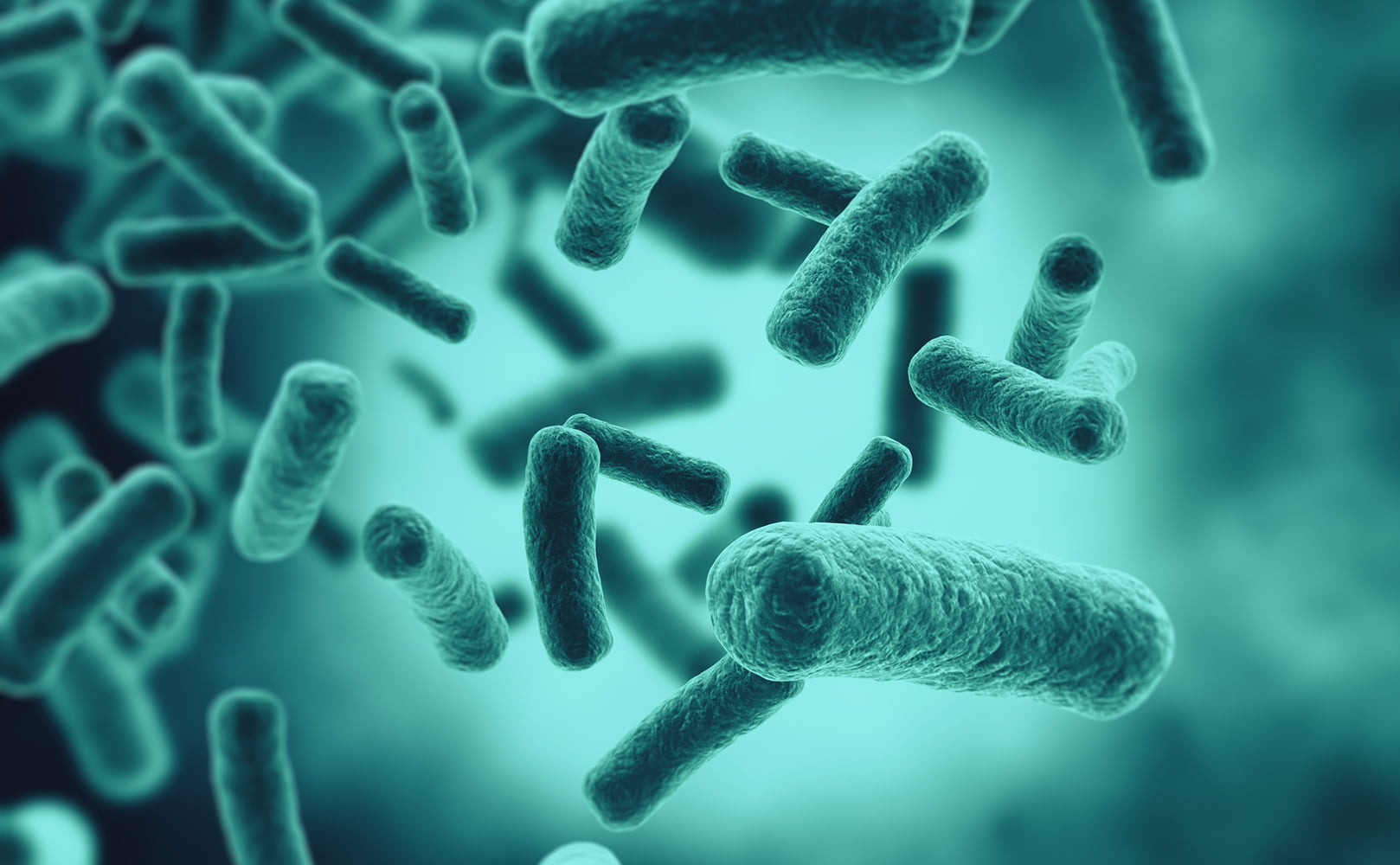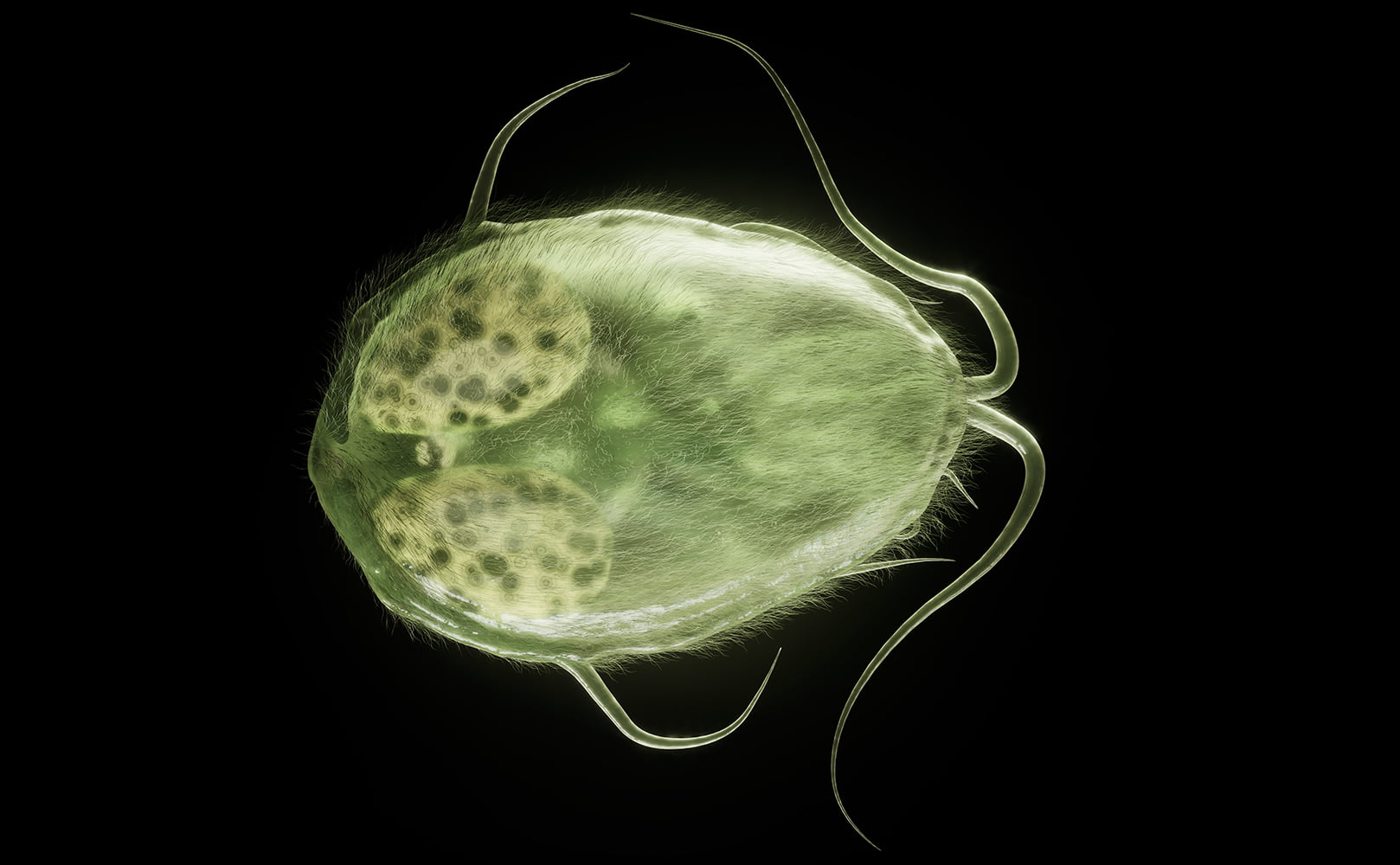Does Reverse Osmosis Remove Microorganisms? Let’s Find Out!
Written by: Gene Fitzgerald // Last Updated: Apr 17, 2023
This page may contain affiliate links. If you buy a product or service through such a link we earn a commission at no extra cost to you. Learn more.
You may have heard of reverse osmosis if you have been looking for a proper water purification solution.
Reverse osmosis is perhaps the most popular approach on the market right now for treating water at home. That’s mainly because of its effectiveness – it’s one of the best methods for removing various types of contaminants from water.
But does this also include microorganisms? Let’s find out!
Key Takeaways
- When it comes to removing microorganisms from water, few approaches are as good as reverse osmosis.
- However, reverse osmosis water purification doesn’t actually kill any microorganisms – it just takes them out.
Does Reverse Osmosis Remove Microorganisms from Water?
So, does reverse osmosis remove microorganisms from water?
Yes, reverse osmosis is great at removing microorganisms from water. This includes all seven types of microorganisms (bacteria, archaea, protozoa, algae, fungi, viruses, parasites).
Keep in mind that the effectiveness of the process might vary from one type of microorganism to another, though. Generally speaking, the larger a microorganism is, the easier it can be removed using reverse osmosis.
As such if you’re dealing with specific types, you might want to talk to an expert to verify that your filtration solution is adequate.
Does Reverse Osmosis Remove Bacteria?
Reverse osmosis is fantastic at removing bacteria. If you’re dealing with salmonella, E. coli, or various other types of bacteria, this is one of the best solutions you can use. As long as you’re aware of the fact that reverse osmosis doesn’t actually kill those bacteria, it’s a safe approach. We’ve discussed this in detail below.
Does Reverse Osmosis Remove Archaea?
While archaea are not commonly discussed in the context of reverse osmosis, they also get removed very effectively by the process. Many types of Archaea are around 1 micron in diameter, which makes them perfect for getting removed by reverse osmosis.
Does Reverse Osmosis Remove Protozoa (Cysts)?
The same goes for protozoa. If you’ve got a lot of those in your water supply, you can rest assured that reverse osmosis is going to get rid of them effectively. Along with bacteria and algae, this is perhaps one of the most common reasons for people to invest in reverse osmosis systems.
Does Reverse Osmosis Remove Algae?
That brings us to the next point. Algae also get removed by reverse osmosis very effectively. You will often even see manufacturers advertising their reverse osmosis systems in the context of algae removal. That’s because this is one of the most common types of contaminants in water supplies for various households around the world. It’s especially common in households that use wells for sourcing their water.
Does Reverse Osmosis Remove Fungi?
Fungi are also large enough to get removed by reverse osmosis. If your water is heavily contaminated with fungi, you should rest assured that you can easily get rid of them with a good reverse osmosis system.
Does Reverse Osmosis Remove Viruses?
And of course, you’re probably interested in the effectiveness of the process when it comes to viruses. Good news – pretty much all of them will get removed from your water supply with a high level of effectiveness. If you want to be really sure that you’re dealing with all viruses in your water, though, we recommend using additional filtration methods. UV light is perhaps the best approach in this case.
Does Reverse Osmosis Remove Parasites?
Parasites like Giardia and others are also removed very well by reverse osmosis filters. You might need to verify with a water treatment expert if the specific types of parasites you’re interested in will get removed by your reverse osmosis system. But in pretty much all cases you should be good to use one.
Does Reverse Osmosis Kill Waterborne Microorganisms?
While reverse osmosis is great at removing waterborne microorganisms from your water supply, it does nothing to actually kill them. Microorganisms simply get redirected into another water stream and sent away. You might still end up using this water for other purposes. This makes it important to understand that it still contains all those living microorganisms. In fact, they will be present in higher concentrations.
A good way to kill microorganisms is to use UV light filtration. This is usually added as a post-filtration step after the reverse osmosis process. Ultraviolet light is great at killing bacteria and other microorganisms. Even though their dead bodies still remain in the water supply, they’re completely harmless.
What Happens When Water Containing Microorganisms Is Filtered by an RO Membrane?
When water containing microorganisms reaches a reverse osmosis membrane, it’s forced through the membrane at high pressure. But only the water molecules themselves are able to pass through an RO membrane’s tiny pores (0.0001 micron in size), with some minor exceptions. Everything else gets rejected and sent away with the reject water stream. This includes microorganisms.
There are two minor issues related to this.
- First, as we mentioned above, microorganisms still remain in the reject water. If you plan on using that water for other purposes, you have to pay attention to its contamination levels.
- The second problem is that microorganisms might start accumulating on your reverse osmosis membrane over time. If you don’t replace the membrane frequently enough, it could eventually get damaged. As a result, the performance of your filtration system will go down. Some microorganisms might even make their way into your filtered water.
Types of Microorganisms in Water
There are many types of microorganisms that can be found in water. Some of the most common ones include:
- Bacteria (E. coli, salmonella, etc.)
- Viruses (rotaviruses, etc.)
- Protozoa (giardia, cryptosporidium, etc.)
- Archaea
- Algae
- Fungi
Health Effects
Health effects from drinking biologically-contaminated water usually manifest very shortly after its ingestion. The severity of symptoms can range from minor to very heavy. Some common ones include:
- Fatigue
- Gastrointestinal issues
- Vomiting
- Fever
- Sweating
- Cramps
How Does RO Water Purification Work?
Reverse osmosis water purification relies on a simple fact: Most types of contaminants are pretty large. Even though that might not seem like the case from the perspective of a human, the size of most contaminants makes them perfect for getting stripped away by reverse osmosis.
To accomplish this, the system simply pushes water through a semipermeable membrane at high pressure. The membrane’s pores are very tiny and only allow water molecules to pass through. Everything else gets mixed with the reject water stream and removed.
More Contaminants Removed by RO
It’s not just about biological contamination. Reverse osmosis is also great at removing various other types of contaminants. The ones listed below are removed at an efficiency of more than 90%:
- Aluminum
- Ammonium
- Copper
- Mercury
- Nickel
- Sulfate
- Sulfite
- Zinc
- Arsenic
- Cadmium
- Iron
- Lead
- Manganese
- Magnesium
- Selenium
- Potassium
- Sodium
Limitations: What Reverse Osmosis Does Not Remove
It’s also important to understand the limitations of reverse osmosis. It might not be very effective at dealing with certain types of contaminants. For example, many types of pesticides don’t get effectively removed. Benzene and other organic compounds might also be problematic. You should also pay attention to any dissolved gases, because those don’t get stripped away.
Good news is, home RO systems come with pre and post-filtration taking care of exactly those contaminants not removed by the reverse osmosis membrane. So there is nothing to really worry about.
If you have any thoughts about the question, does reverse osmosis remove microorganisms, please don’t hesitate to leave a comment below!
Information provided on BOS is for educational purposes only. The products and services we review may not be right for your individual circumstances.
We adhere to strict editorial guidelines. Rest assured, the opinions expressed have not been provided, reviewed, or otherwise endorsed by our partners – they are unbiased, independent, and the author’s alone. Our licensed experts fact-check all content for accuracy. It is accurate as of the date posted and to the best of our knowledge.



